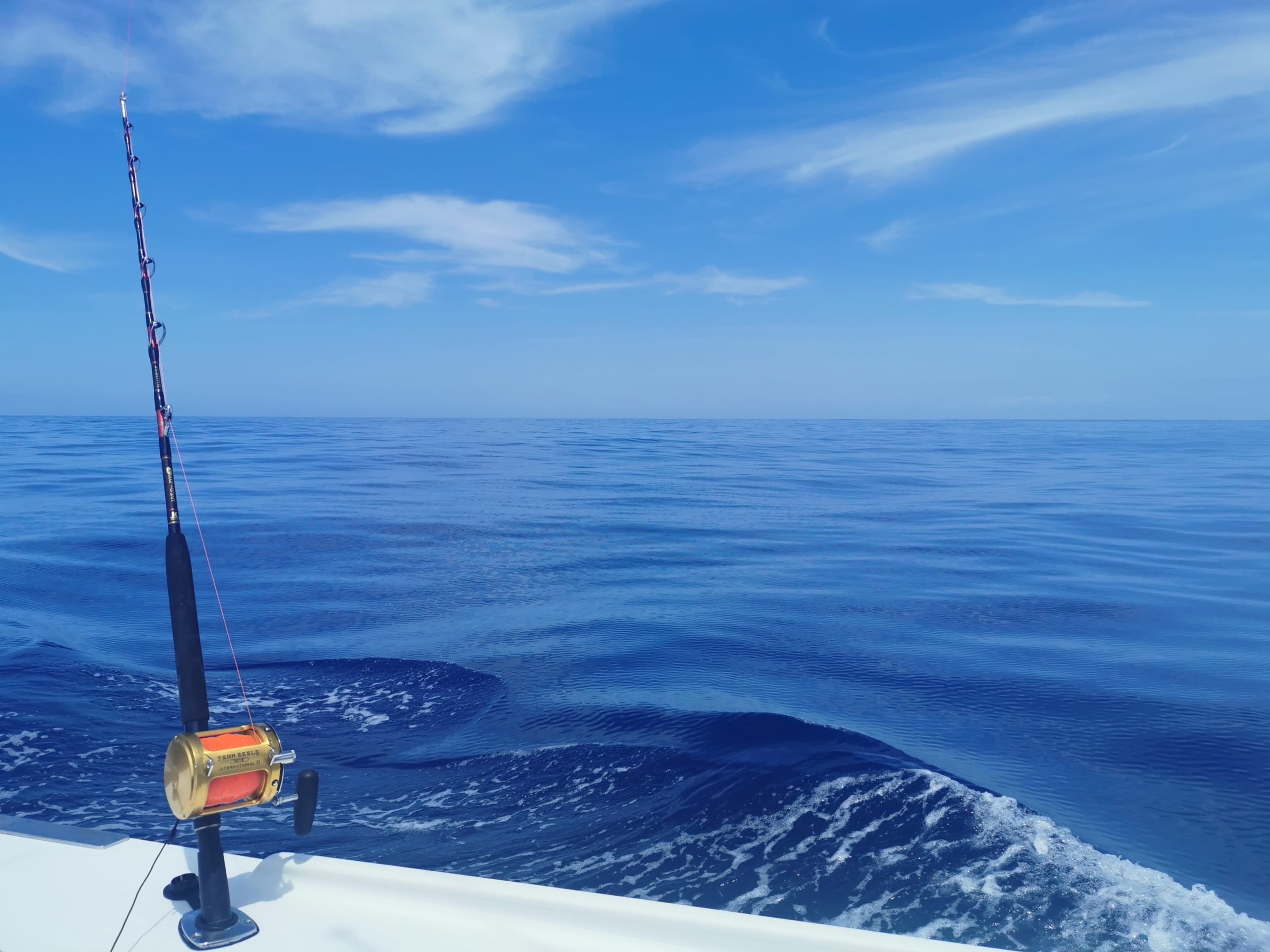FAQs
All FAQs |
Customary Fisheries | Fisheries Management | maximum sustainable yield | QMS | Economics | Fishing | Rescue Fish | Environment | Fishing methods | Recreational Fishing | Fishcare | customary | Kahawai | Reform scam | Baitfish | Scallops | Crayfish | WRC decision | Marlin | Reef fish
May 30, 2025
Commercial fishing industry representatives spent a year developing a wishlist of changes. The Minister directed Fisheries New Zealand to work with the representatives to develop a proposal package for public consultation. Recreational fishing and environmental representatives were not invited to participate in discussions.
May 30, 2025
If successful some of the proposals will weaken environmental protections designed to protect the productivity and biodiversity of marine waters. These protection measures have been built up over many years after a lot of advocacy by recreational fishing organisations and other eNGOs. It will also mean less fish in the water. The proposals do not ... Read more.
May 30, 2025
Yes! Previous Ministers have tried to introduce similar policies in the past but due to immense public backlash they have not succeeded.
May 30, 2025
More fish in the water. Transitioning from bottom trawling inshore, to more selective fishing techniques such as long lining, trapping, hand gathering shellfish and even spearfishing for species such as kingfish. It’s clear the status quo isn’t working. What we need is a bold reform that puts the fish first, restores abundance and benefits all ... Read more.
May 30, 2025
The first round of public consultation closed on 11 April 2025. Despite 95% of submissions received by Fisheries NZ opposing the proposed ‘reforms’, Cabinet has agreed to proceed with the changes. Policy advisors are now drafting an Amendment Bill, which is expected to go before a Select Committee by December 2025. We will only get ... Read more.
May 30, 2025
The fight is only just the beginning. The next 18-months we will be working hard fighting against Shane Jones’ proposals. Money and widespread awareness are keys to our success. Here’s how you can help; 1. Subscribe to receive LegaSea newsletters to stay updated on the Ministers proposals. 2. Commit $20 a week to help fund ... Read more.
May 29, 2025
Commercial/Total Allowable Commercial Catch limit (TACC) – 2,728,000 kilograms. (2728 tonnes). Recreational allowance – 2,293,000 kilograms. (2293 tonnes). Māori customary allowance – 617,000 kilograms. (617 tonnes). *Note – Recreational and customary fishing are not part of the Quota Management System. As per the 1996 Fisheries Act, the Minister sets aside allowances to provide for our ... Read more.
May 29, 2025
Below is the breakdown of kahawai catch in 2024; Commercial landings – 2,158,000 kilograms, for sale. Recreational landings – 370,600 kilograms, to feed our families. Māori customary – unknown, however, it is common for kahawai to be caught for customary purposes under the amateur fishing regulations, as part of a person’s recreational daily bag limit. ... Read more.
May 29, 2025
Around 55% of the commercial kahawai catch remains in New Zealand and sold locally. Sources – Seafood New Zealand, Export Statistics. January – December 2024. Page 41. Fisheries New Zealand, Fisheries Assessment Plenary. May 2024. Page 723
May 29, 2025
In 2024 whole, frozen kahawai were on average exported for less than $2 per kilo. Source – Seafood New Zealand, Export Statistics. January – December 2024. Page 41.

